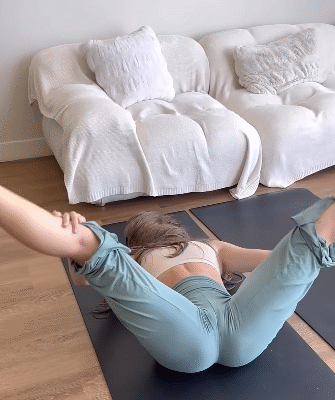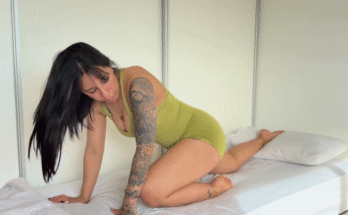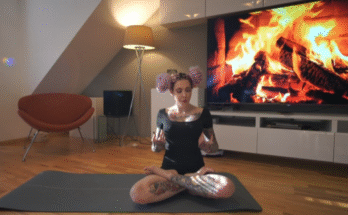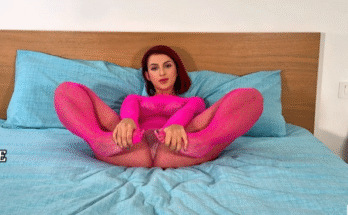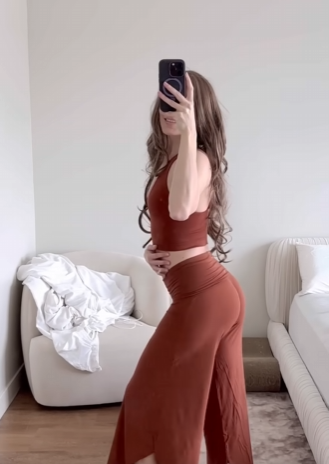
The transition from Downward Dog to Chaturanga Dandasana is one of the foundational movements in a Vinyasa yoga practice. Although it may seem simple on the surface, this sequence embodies the essence of yoga: strength, flexibility, breath awareness, and mindfulness. Understanding this flow deeply can significantly elevate your practice, improve your posture, and help prevent injury.
Let’s dive into the beauty, technique, benefits, and mindful approach to the Downward Dog to Chaturanga flow.
The Foundation: Downward-Facing Dog
Also known by its Sanskrit name, Adho Mukha Svanasana, Downward Dog is a staple pose in most yoga practices. It offers a full-body stretch while strengthening the upper body and engaging the core.
How to Practice Downward Dog:
- Start on all fours, with your wrists directly under your shoulders and knees under hips.
- Spread your fingers wide and press into your palms.
- Tuck your toes, lift your knees off the ground, and extend your hips upward and back.
- Your body should form an inverted “V” shape.
- Engage your thighs and try to press your heels toward the mat.
- Keep your neck relaxed and your ears in line with your upper arms.
Breathing Tip: Inhale deeply as you settle into the pose. Use the breath to expand through the ribcage and lengthen the spine.
Benefits of Downward Dog:
- Strengthens arms and shoulders
- Stretches hamstrings, calves, and spine
- Improves circulation
- Calms the nervous system
- Builds endurance and patience
Once you’re rooted in this position, the flow into Chaturanga begins with mindfulness and precision.
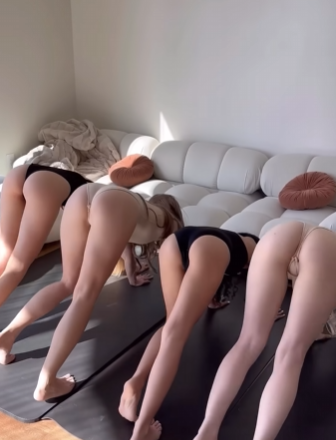
Transitioning Through Plank
Before dropping into Chaturanga, the body moves through a high plank pose. This transition helps engage the core and align the body in a straight line, preparing for the controlled lowering that comes next.
Steps:
- On an inhale, shift your weight forward so your shoulders stack over your wrists.
- Flatten your back and tighten your core, glutes, and legs.
- Your body should resemble a straight, strong line from head to heel.
This movement is subtle but crucial. Many people collapse their hips or overextend the neck during this transition. Instead, stay engaged and stable.
Pro Tip: Imagine pressing the floor away from you with your palms, creating space between the shoulder blades.
Chaturanga Dandasana: The Yogic Push-Up
Chaturanga is one of the most challenging yoga poses to execute properly. It demands strength, control, and awareness.
How to Practice Chaturanga Dandasana:
- From plank, exhale and bend your elbows directly back—keep them tucked close to your ribs.
- Lower your body until your upper arms are parallel to the floor.
- Your elbows should form a 90-degree angle.
- Keep your chest broad, your core firm, and your legs active.
- Avoid letting your hips sag or shoulders collapse.
Beginners often find this position difficult because it mimics a halfway push-up but with yogic alignment principles. To make it accessible, one can lower the knees to the mat while maintaining a firm core and steady breath.
Muscles Engaged:
- Triceps and biceps
- Chest and shoulders
- Abdominals and lower back
- Quadriceps and glutes
Breathing Tip: Keep your exhale steady as you lower. It helps maintain control and activates the parasympathetic nervous system to keep the body calm.
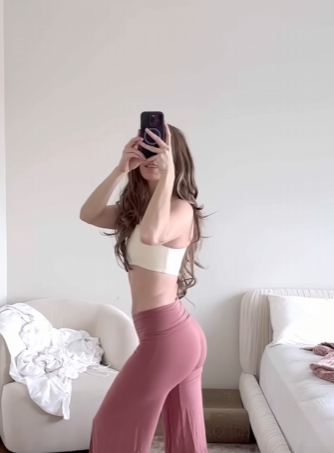
Modifications and Props
If the Downward Dog to Chaturanga flow feels overwhelming at first, you’re not alone. This sequence requires practice and body awareness.
Modifications to Try:
- Lower your knees in plank or Chaturanga for support.
- Use yoga blocks under your shoulders for alignment training.
- Hold each posture for longer durations to build strength gradually.
Common Mistakes to Avoid:
- Splaying elbows out to the side in Chaturanga
- Collapsing the chest or hips
- Forgetting to engage the core, especially during the transition
- Rushing the movement without breath synchronization
Why This Flow Matters
The Downward Dog to Chaturanga flow is a part of most Sun Salutations and Vinyasa transitions. It’s used repeatedly in a single practice, meaning it can make or break your form and energy levels.
Practicing this flow builds upper body strength, improves postural alignment, and sharpens focus. It also teaches the importance of moving with breath, something that applies not just on the mat, but in life.
When performed with precision and grace, this sequence is a moving meditation—a moment where breath and body unite.
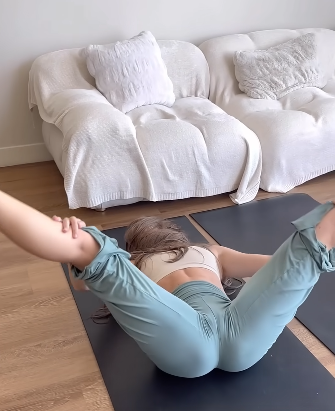
Incorporating the Flow Into Your Practice
If you’re building a personal yoga sequence or joining a class, expect to move from Downward Dog to Chaturanga multiple times.
Here’s a mini sequence to help you master the transition:
- Begin in Downward Dog – Hold for 3-5 breaths
- Inhale to Plank – Align shoulders and engage core
- Exhale to Chaturanga – Lower halfway, with control
- Inhale to Upward-Facing Dog or Cobra – Lift chest, open shoulders
- Exhale back to Downward Dog – Reset and breathe
Repeat this flow 3–5 times, slowly increasing speed and fluidity as your strength and familiarity grow.
The Mindful Approach
Yoga is not just about nailing poses—it’s about connecting the body and breath, listening to your limits, and cultivating patience. As you repeat this flow over time, you’ll start noticing changes not only in your body but also in your mental clarity, discipline, and emotional resilience.
During your flow:
- Focus your gaze (Drishti) slightly forward or downward to maintain neck alignment.
- Engage Ujjayi breath to warm the body and focus the mind.
- Respect your body’s signals—rest in Child’s Pose if needed.
Final Thoughts
The Downward Dog to Chaturanga flow is a powerful and dynamic part of yoga practice. It’s not just a sequence; it’s a journey through strength, balance, breath, and control. Whether you’re a beginner building a foundation or an experienced yogi refining your transitions, this flow offers something new every time.
Mastering this movement teaches discipline, body awareness, and the power of moving with intention. Keep practicing, stay patient, and let your breath guide you—one pose at a time.
